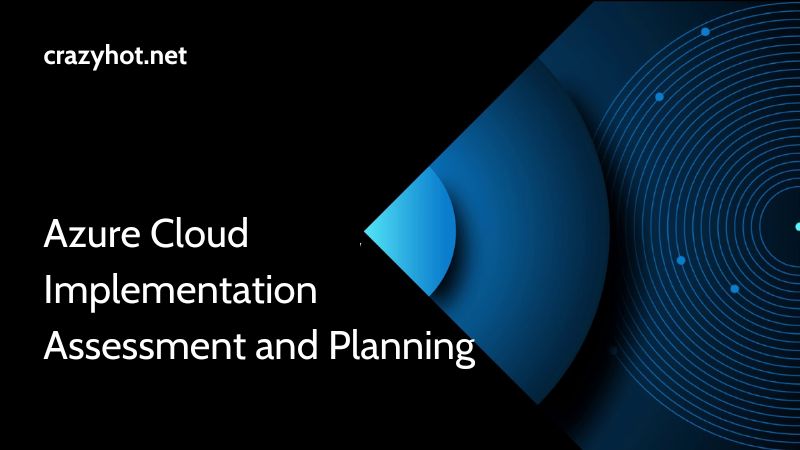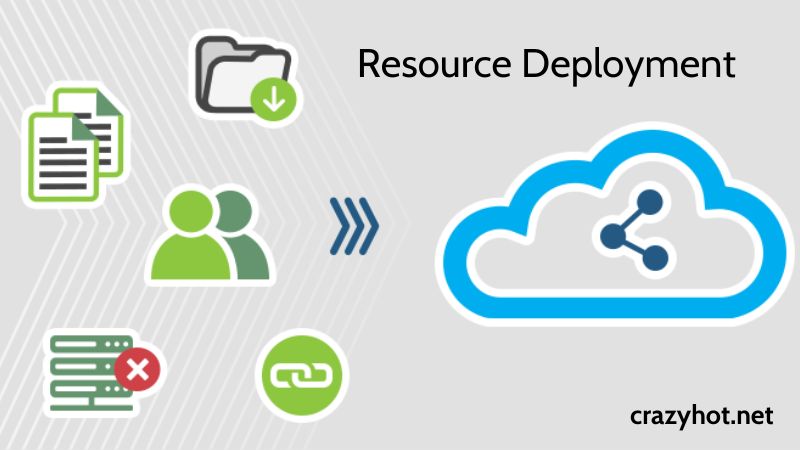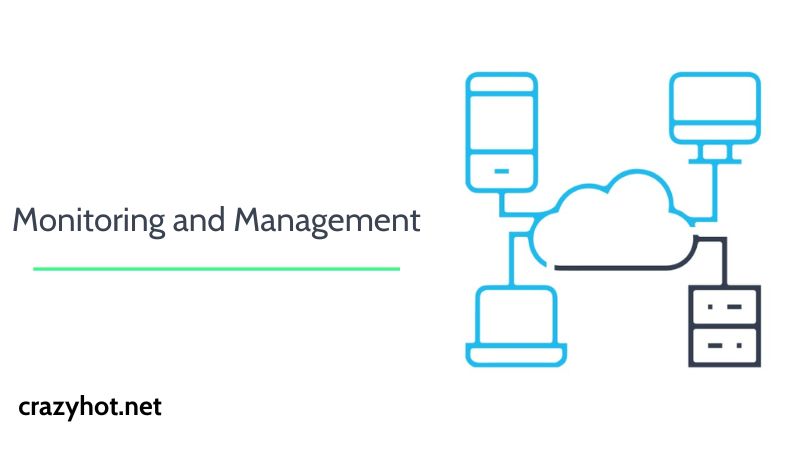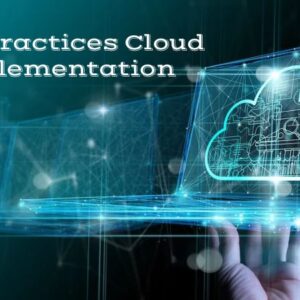In today’s rapidly evolving digital landscape, businesses are increasingly turning to cloud computing solutions to drive innovation, enhance agility, and optimize operational efficiency. Among the leading cloud platforms, Microsoft Azure stands out as a powerhouse, offering a comprehensive suite of services tailored to meet the diverse needs of organizations across industries. Azure cloud implementation represents a pivotal step for enterprises seeking to harness the full potential of cloud technology. In this article, Crazyhot.net delve deep into the intricacies of Azure cloud implementation, providing a detailed roadmap for success.
1. Azure Cloud Implementation Assessment and Planning:
Before embarking on the Azure cloud implementation journey, it’s imperative to conduct a thorough assessment of your organization’s requirements and objectives. Define clear goals and delineate the scope of your Azure deployment. Evaluate your existing infrastructure, applications, and data architecture to identify potential migration candidates. Consider factors such as scalability, security, compliance, and cost optimization. Armed with this information, devise a comprehensive implementation plan that aligns with your business objectives and technical requirements.

2. Account Setup:
The first step in realizing your Azure cloud implementation vision is setting up your Azure account. If you haven’t already, create an Azure account and navigate through the subscription management portal to configure billing details and subscription options. Establish robust access management protocols by defining roles and permissions to govern user access to Azure resources. Ensure compliance with security best practices to safeguard your Azure environment against potential threats.
3. Network Setup:
Azure cloud implementation necessitates a well-designed network architecture to facilitate seamless connectivity and efficient data transmission. Leverage Azure Virtual Networks (VNets) to create isolated network environments and define subnet configurations to segment your resources logically. Establish secure connections to your on-premises infrastructure using Virtual Private Networks (VPNs) or Azure ExpressRoute for enhanced connectivity and data transfer capabilities. Implement network security groups (NSGs) and access control lists (ACLs) to enforce granular security policies and regulate traffic flow within your Azure environment.
4. Resource Deployment:
With your network infrastructure in place, it’s time to deploy Azure resources that align with your organization’s needs and objectives. Utilize Azure Resource Manager (ARM) templates for streamlined infrastructure provisioning and configuration management. Deploy virtual machines (VMs), databases, storage accounts, and other Azure services based on workload requirements and scalability considerations. Leverage Azure’s high availability and fault tolerance features to ensure uninterrupted service delivery and minimize downtime.

5. Data Migration:
Migrating your data to the Azure cloud is a critical aspect of the implementation process. Choose from a plethora of Azure storage services, including Blob Storage, Azure SQL Database, and Cosmos DB, to store and manage your data effectively. Utilize Azure Data Box or Data Box Edge for seamless offline data transfer, especially for large-scale data migration scenarios. Employ data migration tools and methodologies to ensure the integrity and consistency of your data throughout the migration process.
6. Application Migration:
Transitioning your applications to the Azure cloud requires careful planning and execution. Depending on your application architecture and requirements, you may opt for lift-and-shift migration or refactor your applications to leverage Azure Platform as a Service (PaaS) offerings. Explore Azure App Service for hosting web applications, Azure Functions for serverless computing, and Azure Kubernetes Service (AKS) for containerized workloads. Embrace modern application development paradigms to harness the full potential of Azure’s cloud-native capabilities.
7. Security and Compliance:
Security is paramount in any Azure cloud implementation endeavor. Implement robust security measures to protect your Azure environment against evolving cyber threats and vulnerabilities. Leverage Azure Active Directory (AD) for centralized identity and access management, and enforce multi-factor authentication (MFA) for enhanced security. Adhere to industry-specific compliance standards and regulatory requirements, such as GDPR and HIPAA, to ensure data privacy and regulatory compliance. Leverage Azure Security Center and Azure Sentinel for threat detection, incident response, and compliance monitoring.
8. Monitoring and Management:
Effective monitoring and management are essential for maintaining the health, performance, and security of your Azure environment. Leverage Azure Monitor, Azure Log Analytics, and Application Insights for comprehensive monitoring and logging capabilities. Configure custom alerts and dashboards to proactively identify and address potential issues before they escalate. Embrace automation and orchestration using Azure Automation to streamline routine tasks and optimize operational efficiency.

9. Optimization and Cost Management:
Azure cloud implementation entails optimizing resource utilization and managing costs effectively. Leverage Azure Cost Management and Azure Advisor to gain insights into your cloud spending patterns and identify opportunities for cost optimization. Implement Azure Reserved Instances to realize significant cost savings on compute resources and explore Azure Hybrid Benefit for maximizing the value of your existing on-premises investments. Continuously monitor and optimize your Azure environment to align with evolving business requirements and budget constraints.
10. Training and Support:
Empower your team with the knowledge and skills required to leverage Azure cloud technologies effectively. Provide comprehensive training and certification opportunities to equip your personnel with the expertise needed to manage and operate Azure environments efficiently. Leverage Azure documentation, online resources, and Microsoft support services to access timely assistance and guidance for troubleshooting issues and resolving challenges encountered during the implementation process.
11. Continuous Improvement:
Azure cloud implementation is a journey, not a destination. Embrace a culture of continuous improvement to evolve and optimize your Azure environment iteratively. Stay abreast of the latest Azure innovations and updates, and leverage new features and capabilities to enhance the performance, scalability, and resilience of your Azure deployments. Solicit feedback from stakeholders and end-users to identify areas for enhancement and refinement, and incorporate lessons learned into future iterations of your Azure cloud implementation strategy.
Closing Words
Azure cloud implementation represents a transformative journey that empowers organizations to unlock new possibilities and drive digital innovation. By following the comprehensive roadmap outlined in this article, organizations can navigate the complexities of Azure cloud adoption with confidence and success. From assessment and planning to continuous improvement, each phase of the Azure cloud implementation process plays a crucial role in realizing the full potential of cloud technology to fuel business growth and competitive advantage. With Azure as your strategic cloud partner, the possibilities are limitless.





